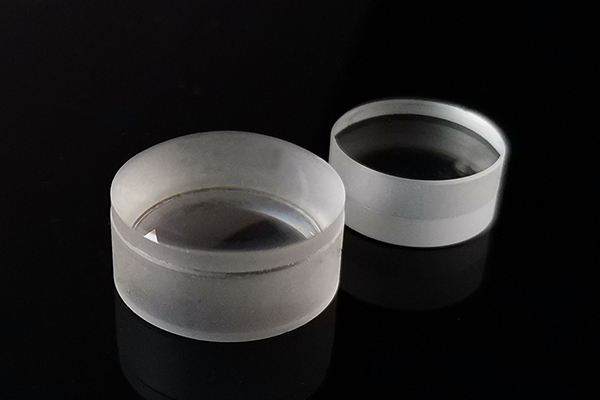The main characteristics of achromatic lenses
The main characteristics of achromatic lenses include:
Chromatic Aberration Correction:By combining two different materials (usually a low-refractive positive lens and a high-refractive negative lens), an achromatic lens can correct chromatic aberration for two primary wavelengths (typically red and blue light), bringing them to focus at the same point.
Optimized for Two Wavelengths:Achromatic lenses are typically optimized for two wavelengths of light, usually within the visible spectrum (red and blue), which reduces the dispersion effect.
Compound Design:These lenses are usually composed of two or more individual lenses, each responsible for correcting different wavelengths of light, achieving overall chromatic aberration correction.Reduced Spherical Aberration:In addition to chromatic aberration, achromatic lenses also reduce certain other types of aberrations, such as spherical aberration, leading to higher image quality.
Widespread Applications:Achromatic lenses are widely used in devices requiring high-precision imaging, such as microscopes, telescopes, and camera lenses, ensuring better image quality across a broad spectrum range.
Relatively Simple Optical System:While achromatic lenses are more complex than single-element lenses, their design and manufacturing costs are more moderate compared to higher-order correction lenses (such as apochromatic lenses).


